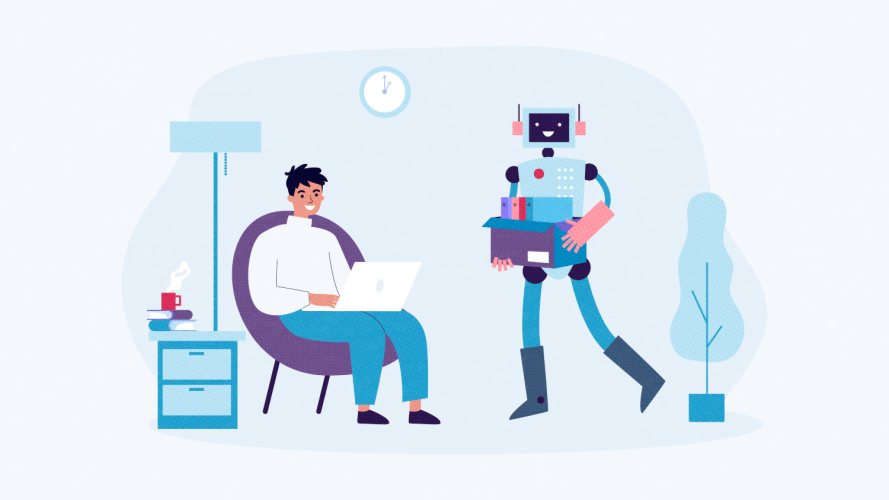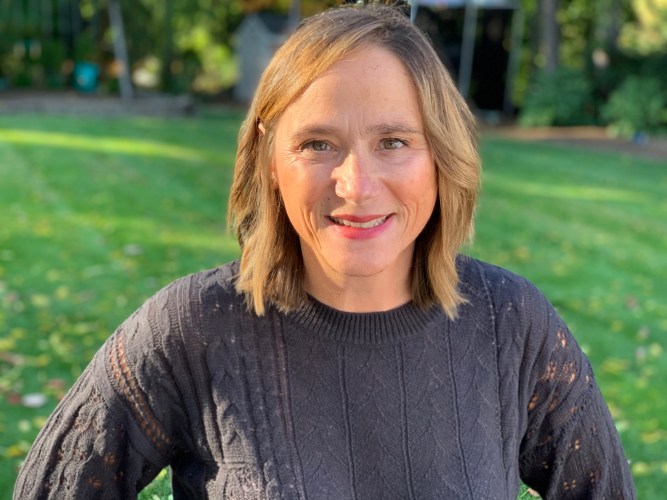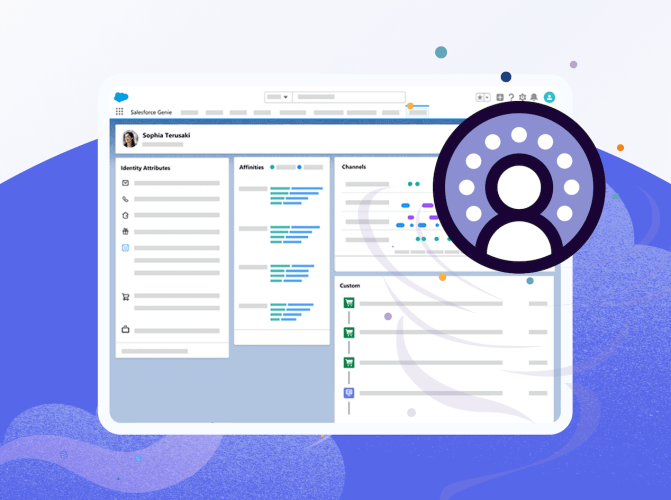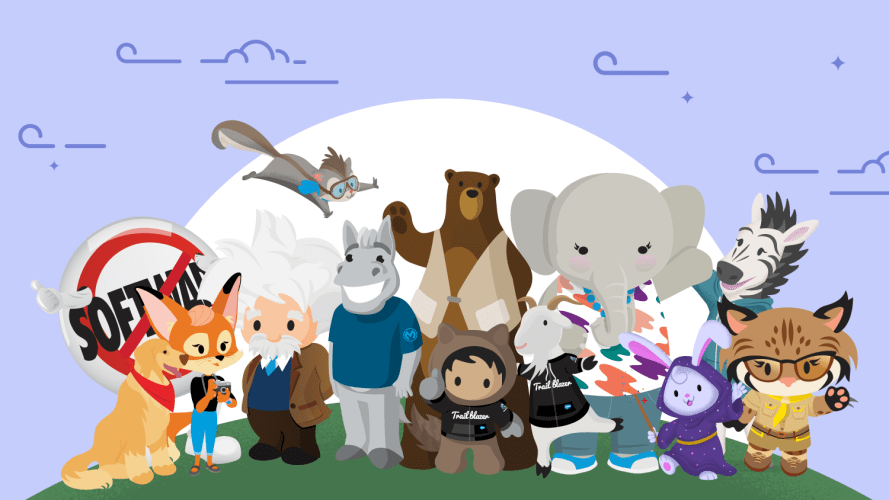Automation Could Buy You a 23-Day Vacation

Automation and AI have huge potential for productivity, but a survey of 18,000 workers shows many just aren't taking advantage of these tools. Here are 4 quick tips to help your company use automation and AI to boost productivity

Lisa Lee
A new study predicts generative artificial intelligence (AI) and automation will help organizations drive $1 trillion in productivity gains worldwide by 2026. Right now, though, the new way of working looks a lot like the old way.
Research on how employees work today shows most are still wasting time doing things that don’t add value to the company or one’s career. And most are missing opportunities to be more productive, like making better use of AI and automation to speed up our most time-consuming, repetitive tasks.
The employee view
The latest Slack State of Work Report is based on a global survey of more than 18,000 workers. It shows that even as many companies talk about the need to become more efficient, they’re not necessarily equipping employees with the tools to make it happen.
- 32% of employees’ time is being spent on work that doesn’t contribute to company and team goals, but makes them appear productive.
- 60% of employees say their company has not incorporated AI tools to support their productivity.
- 43% say that their team has not created automations to make their work processes easier or more efficient.
Behind the data
While lots of things can play into productivity – employee engagement and well-trained managers, to name just two – giving workers the right tools matters.
- Employees who use AI are 90% more likely to report higher levels of productivity than those who don’t.
- Those who use automations say doing so saves them about 3.6 hours a week, or 23 working days per year.
What your company can do
Experts and early adopters of AI and automation recommend these steps to set you on the path to success:
- Identify inefficiencies and opportunities to automate manual processes.
- Understand how different departments can use AI and automation; it won’t be the same across the board.
- Leverage AI and automation to drive better workforce engagement.
- Take a top-down approach, with senior leaders championing AI and automation as transformative technologies that positively impact the business and, importantly, the everyday life of individual workers.
The Trailblazer view
One example of what this can look like in practice is NASA. The agency is streamlining several processes and workflows using automation, enabling staff to support more projects, reducing time required to build data reports, and more.
“Automations are a key to how we’re going to digitally transform as an agency,” said NASA’s Faris Mondey, Chief, Platform Services, OCIO, at a Salesforce World Tour event. “Leveraging the power of that singular customer view, that’s really what’s been beneficial for us.”
Say hello to Einstein Copilot
Your trusted conversational AI assistant for CRM gives everyone the power to get work done faster. It’s a total game-changer for your company.


“What’s the dumbest thing you have to do every day?”
How can companies identify opportunities for automation? One Salesforce customer, a large financial services firm, did it by asking employees a simple question: What’s the dumbest thing you have to do every day?
They made it into a contest, with prizes. People were so frustrated about wasting their time on manual tasks that they volunteered lots of information about the “dumb” things, which created a groundswell for the company to automate those tasks.
You don’t need to understand how automation works. You just need to understand its impact and how powerful it can be. Here’s how different departments can use it:
Finance and accounting
Frees up time for more strategic things like analysis, strategy, and collaboration. For example, automated invoicing and approval routing.
Marketing
Helps you target customers with automated messages across channels. Identify audiences, design relevant content and automatically trigger actions.
Service
Next-generation service automation, using AI, augmented reality, and the Internet of Things (IoT) can predict service events and automatically resolve them through digital channels.
Human resources
Automate job application processing using AI response tracking and interview scheduling, onboarding and offboarding, payroll management, and benefits administration.
Sales
A lot of sales tasks, including strategy, planning, lead identification, qualification, configuration, pricing, and order management, can be automated. Those who do report efficiency improvements up to 15%.
Automation for every team
Efficiency, productivity and cost containment are top priorities for business leaders. MuleSoft helps organizations automate and integrate work across every business function and system, so you can focus on the things that grow your business.



Make workers happier and more productive
Many knowledge workers waste a lot of time entering and retrieving information between multiple systems as part of a multi-step, manual process. This is not the best use of their time and could erode morale and employee engagement.
“Automating rote tasks gives workers empowerment to focus on the more strategic things they want to do, the reason they took the job,” said Joe Surprenant, sales leader across Deloitte’s artificial intelligence (AI) and data ops practices. “Leveraging automation keeps up the energy and the enthusiasm of the workforce, which is a huge imperative given the talent crunch. Automation is playing a major role in workforce engagement.”
It’s a crucial point. In the State of Work survey, 62% of employees said that the biggest benefits to automation are the ability to do more with less; 44% said they are able to focus on things that positively impact the business and their careers.
New technologies help companies unify data across channels, and automate even complex workflows and trigger actions based on real-time changes. For example, a marketing automation system detects a customer has abandoned their shopping cart, triggering a personalized email with a discount for the item.
AI and automation can also reduce the busy work associated with meetings. For example, automatic meeting schedulers, AI tools that extract and share out key points from recorded meetings, and analyze emails and direct messages to suggest follow-ups.
“If you enable people to be productive with systems, processes and management support, they will have a more productive day,” said Moira Dunne, a productivity consultant and founder of beproductive.ie.
Transformational technology requires support from the top
Like other digital transformations, the success of AI and end-to-end automation relies on cultural changes driven from the top and executed in each function. Training, incentives, and key performance indicators are all essential.
Schneider Electric, a global energy management and industrial automation company, has saved many millions by formalizing AI efforts under one senior executive, hiring dedicated AI and data experts, and creating an AI center of excellence to work with business unit leaders on AI projects.
“If you want to drive AI at scale and get value from it, top management has to motivate it as a corporate-wide objective,” said Madhu Hosadurga, global vice president of enterprise AI at Scheider. “Without the C-suite, everyone tries things at a departmental and individual level.”
He said individuals and departments, while technically proficient in AI and automation, often lack the influence and power to affect broad and meaningful organizational change.
Deloitte’s Surprenant reinforced that view.
“It takes a strong leader and strong head of the functional area to have the vision to say, ‘I know it’s tough and it’s going to be disruptive to our business to change the way we work, but if we don’t, we are going to lose talent, we’re going to lose to our competition, and we’re going to be left behind,’” he said.























